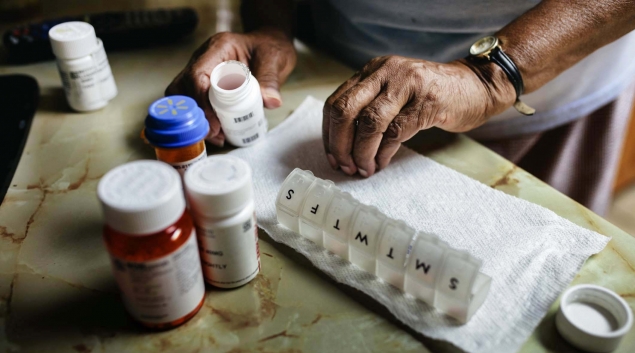Prescription drugs are a lifeline for millions across the United States, aiding in pain management, treating medical conditions, and sustaining lives. However, the ongoing drug shortage in the country is presenting significant challenges for many individuals in accessing the medication they depend on, or affording the drugs that are available.
Recent data from the Federal Drug Administration (FDA) reveals that a staggering 90 percent of prescriptions in the US are for generic drugs, with the majority of prescription drugs affected by shortages being generic options, according to the National Institutes of Health.
The American Society of Health-System Pharmacists reports that there are currently over 250 medications listed on the nation’s prescription drug shortage list, with 2023 marking one of the worst years for shortages in nearly a decade.
For parents like Jessica Kahn, whose two sons were diagnosed with ADD, navigating the shortage has been nothing short of frustrating. “I have my list of all the pharmacies. I’ve even driven all the way up north to Walgreens or a CVS, some random place to go pick up a kids’ prescription,” Kahn shared.
The FDA attributes prescription drug shortages to various factors including manufacturing and quality issues, delays, and discontinuations. Drugs such as Adderall, lidocaine, and amoxicillin, as well as chemotherapy medications, are among those affected.
Moreover, when supplies dwindle, prices often surge. The US Department of Health and Human Services notes a 16.6 percent increase in the price of drugs experiencing shortages, with alternative medications sometimes priced three times higher.
To navigate this challenging landscape, health experts recommend the following tips:
- Check the national drug shortage list for your medication and explore potential alternatives.
- Refill prescriptions before they run out to avoid disruptions in treatment.
- Explore availability across different pharmacies. If the generic version is unavailable, seek out coupons or assistance programs to offset costs. Some patients have reported significant reductions in prescription costs, from $100 to $10, through such programs, although eligibility may vary.
- Utilize websites and apps like GoodRX, RX Saver, and WellRX to locate the most affordable options and access coupons.
“It’s essential to be proactive and informed,” Kahn advises. “Understanding that your medication might not be readily available and exploring all avenues can make a significant difference in managing through these shortages.”















































